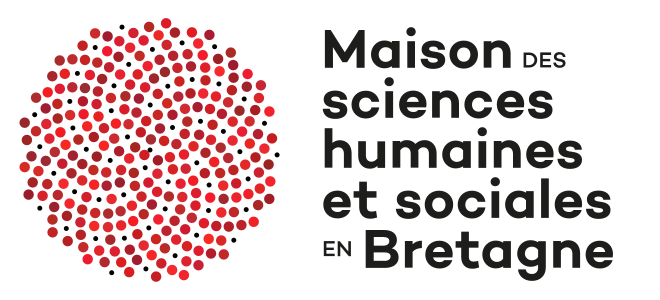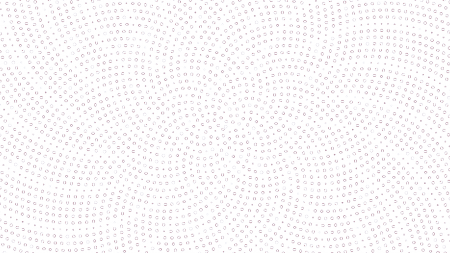Projet labellisé dans le cadre de l'appel à projets "incubation interdisciplinaire"
Résumé
TERdesILES vise à étudier l’exploitation des ressources d’estran en milieu insulaire sur un temps long, de la Préhistoire à nos jours. Le caractère ambitieux de notre projet du point de vue de son incubation interdisciplinaire (archéologie, histoire, économie, ethnologie, biologie) et de son temps long nous amène à tester notre consortium scientifique sur une aire géographique restreinte. À cet effet, notre choix se porte sur les îles du Morbihan (Bretagne-sud) avec une focale archéologique sur celle d’Hoedic. En effet, l’archéologie pourra documenter, via les zones de dépotoirs, l’exploitation des ressources marines par les chasseurs-cueilleurs dès la Préhistoire, il y a 8 000 ans. Des jalons archéologiques sont connus au Néolithique et à l’âge du Fer. Les sources écrites permettent aux historiens d’étudier finement les aménagements et les activités littorales du sud de la Bretagne à partir de la 2nde moitié du XVIIe s. Le fond iconographique de l’association Melvan documente pour sa part le rapport à la mer des populations de l’archipel d’Houat-Hoedic dès la première moitié du XXe s. Des entretiens seront réalisés avec les natifs de l’île. Ils permettront de décrire l’exploitation des ressources d’estran à l’échelle d’une vie humaine mais aussi de les confronter sur le temps long aux ressources trouvées sur les sites archéologiques et citées dans les textes. Ce projet vise à mettre en valeur le patrimoine matériel et immatériel des activités liées aux ressources d’estran.
TERdesILES aims to study the exploitation of the resources of the foreshore in an island context of a long period from prehistory to the present day. The nature of our project, from its interdisciplinary inception (archaeology, history, ethnology, biology) and its long chronology is ambitious. To test this approach, we will focus on a limited geographical area. To this end we have chosen the islands of southern Brittany with a more detailed archaeological study of Hoedic. Prehistoric archaeological deposits will allow us to document the exploitation of marine resources by hunter-gatherers from as early as 8,000 years ago. Other archaeological evidences are known on islands from the Neolithic to the Iron Age. Detailed written sources will enable historians to study the coastal developments and activities from the second half of the 17th century onwards in southern Brittany. The Melvan association holds a collection of images dating from the first half of the 20th century that document the relationship of the people of the Houat-Hoedic archipelago with the sea. Interviews will be conducted with the islanders. These will enable us to describe the exploitation of the coastal resources within a human lifetime, and to compare the recent exploitation to that indicated by the archaeological and the documentary evidence. This project, which is both collaborative and participatory, aims to highlight the tangible and intangible heritage of activities linked to the foreshore.
Pascal Le Floc’h Economie UMR M101 AMURE | Marie-Yvane Daire Archéologie UMR 6566 CReAAH | Grégor Marchand† Archéologie UMR 6566 CReAAH |
Jacques Grall Biologie LEMAR | Annette Gervois Biologie UFR Sciences et sciences de l’ingénieur | Philippe Maes Biologie EA 2219 Géoarchitecture |
Nathalie Bourgougnon Biologie Laboratoire de Biotechnologie et Chimie Marines | Julien Bachelier Histoire EA 4451 CRBC | Alessandro Marcuzzi Archéologie UMR 6566 CReAAH |
Anna Stafford Archéologie UMR 6566 CReAAH | Jean-Marc Large Archéologie UMR 6566 CReAAH | Gaelle Dieulefet Archéologie moderne et contemporaine UMR 6566 CReAAH |
Catherine Moreau Archéologie UMR 6566 CReAAH | Carolyn Howle Outlaw Archéologie Autre / étranger | Ariadna Burgos Ethnoécologie PALOC – Muséum national d’Histoire naturelle / (IRD) Institut de recherche pour le développement |
Pierre Buttin Patrimoine insulaire Association | Aurélien Frances
Silence podcast |

